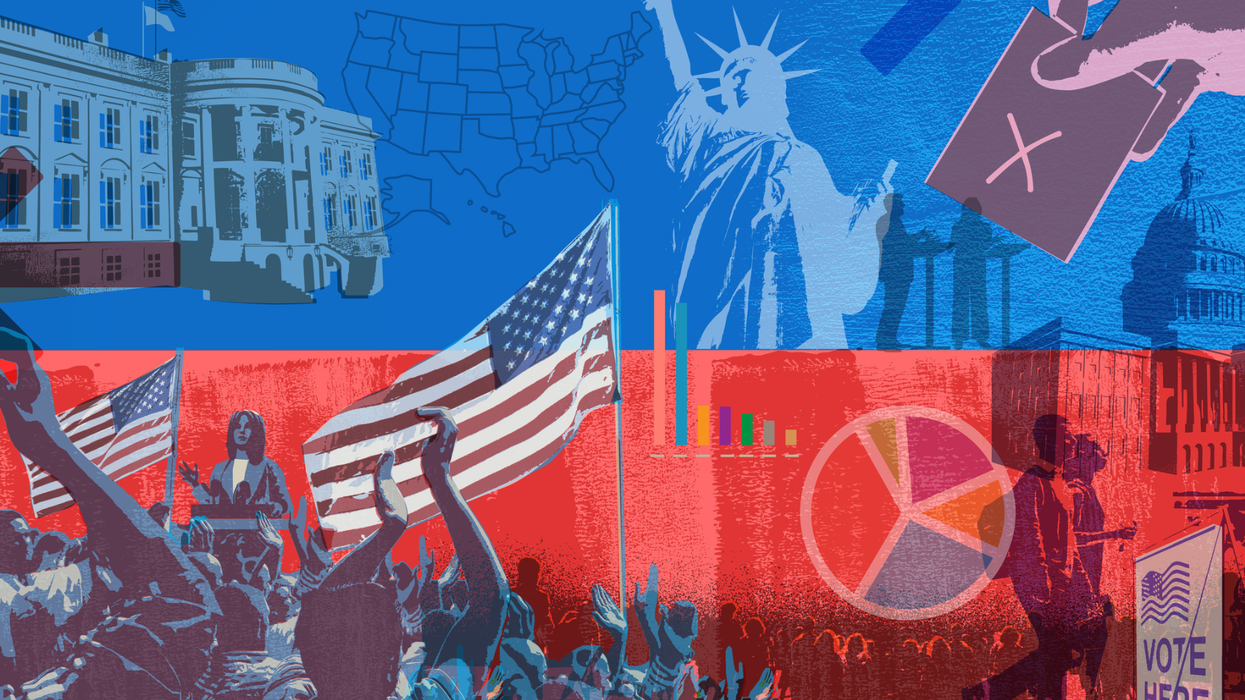There's a newly bipartisan dimension to the vast pool of presidential campaign cash, the ever-expanding ocean of money that's cited more often than anything as a root cause of our democracy's travails.
What's different this year, however, is how small-dollar gifts are dominating the deposits in so many of the top-tier candidates' bank accounts – and vying for attention with the donations from millionaires and corporate interests engendering sustained worries about the pay-to-play aspects of American government.
President Trump's reelection campaign is the latest to boast of a huge trove of small donations. Today it reported a haul of $30 million in the first quarter of this year, 99 percent of it in gifts of $200 or less. The average gift has been $34 and money came between January and March from more than 100,000 people who'd never given to Trump before.
Most of the money so far has been raised by the Trump Make America Great Again Committee, a digital fundraising operation focused on small-money donors, often recurring donations that's known in Trump's political world as "T-Magic." The committee has singlehandedly reversed what has been a Democratic advantage in the world of online fundraising ever since it was invented in the early years of this century.
But that sort of giving cannot possibly bring the campaign to its $1 billion fundraising target for 2020, and so this summer a second entity, Trump Victory, will launch a traditional "bundling" program, in which generous donors are recruited to find similarly magnanimous givers among their friends and business associates.
Trump – who gave or loaned $66 million to his 2016 campaign, but has yet to spend any of his own money on 2020 – "is in a vastly stronger position at this point than any previous incumbent president running for reelection," campaign manager Brad Parscale boasted.
In part, that's because he's got the Republican donor base essentially to himself, while more than a dozen Democratic presidential aspirants were raising money in the first quarter. Trump, for example, raised as much as the top two of his potential general election rivals, combined.
Altogether, Democrats have so far reported to the Federal Election Commission a combined $66 million in first-quarter fundraising from more than 1 million different people. Several of the candidates have not filed their reports, which are due at the end of the day: Here are the totals reported so far:
- Bernie Sanders: $18.2 million
- Kamala Harris: $12 million
- Beto O'Rourke: $9.4 million
- Pete Buttigieg: $7 million
- Elizabeth Warren: $6 million
- Amy Klobuchar: $5.2 million
- Cory Booker: $5 million
- Kirsten Gillibrand: $3 million
- John Delaney: $12.1 million (but only $400,000 from donors other than the candidate)
- Andrew Yang: $1.7 million


















